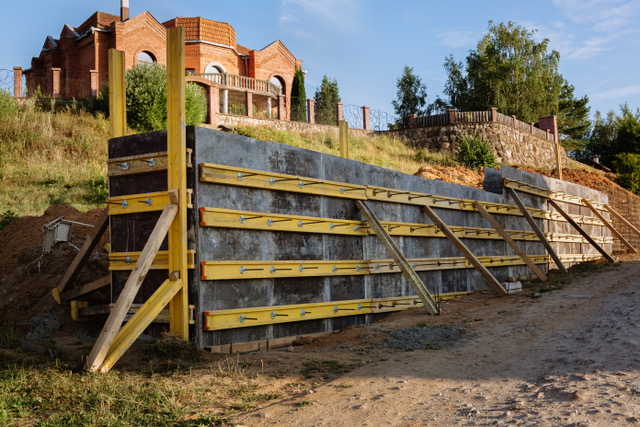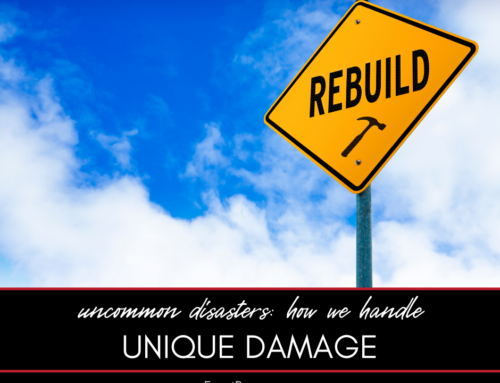A retaining wall failure doesn’t necessarily mean that one day your entire wall crumbles to the ground. Such failures do occur, but typically as the result of major events like earthquakes or floods.
The reality is that most retaining wall failures are gradual and happen over time. Things like small cracks that appear in different areas, or perhaps a wall that slides just a little bit every year until its movement becomes substantial and apparent. Once a wall begins to slide or slant it won’t stop without undergoing major repairs. It may need to be replaced altogether.
The failure or collapse (“catastrophic” failure) of a retaining wall on your property could put your home, family, and others in danger.
Last December two Maryland families had to vacate their homes because the retaining wall behind their property failed beyond repair, leaving the ground beneath their residences unstable and gradually sliding downhill.
Here are two major reasons why retaining walls fail.
Foundation Problems
A solid foundation is critical to the success of any construction project. The foundation of a retaining wall must be sufficiently deep within the ground and the soil must be properly compacted before the wall is installed. Understanding the composition of the soil, the surrounding terrain, and the climate—conditions like rainfall amounts and frost lines—is also key when building a lasting foundation for a retaining wall. A faulty foundation can eventually result in a wall that experiences cracking, sliding, sloping, or catastrophic crumbling.
Flawed Construction
The foundation, water drainage, load expectations, soil composition and climate should all be taken into consideration for the proper installation and construction of your retaining wall, and to ensure it is safe and long-lasting.
It’s important to communicate clearly with your landscaper or engineer about the uses and expectations of your wall before construction begins.









